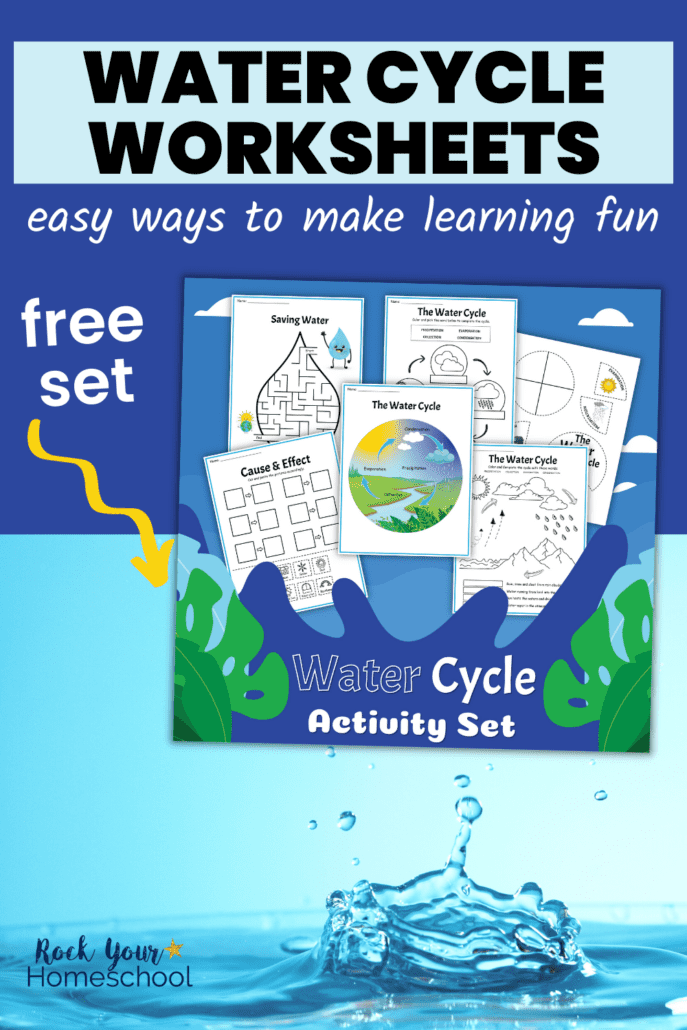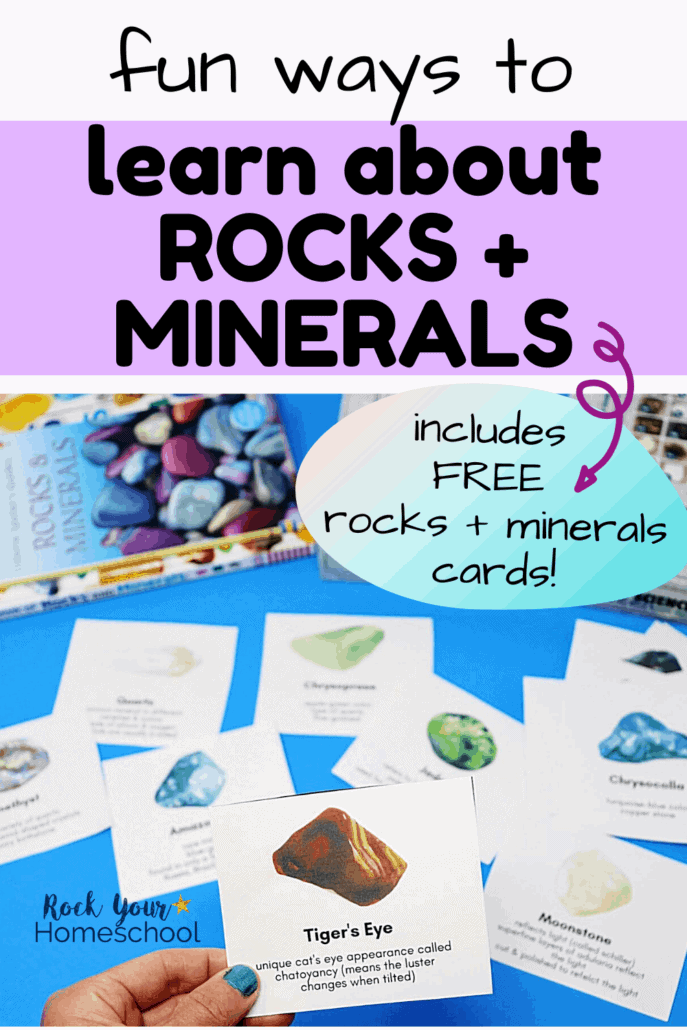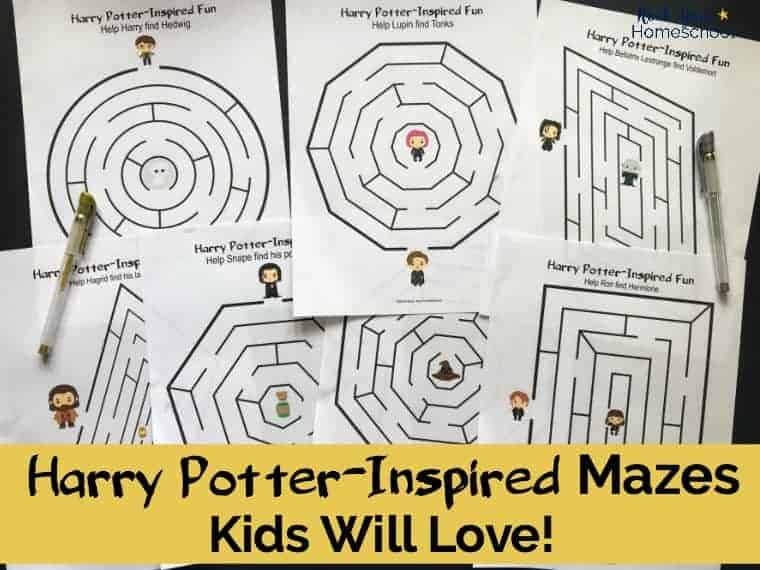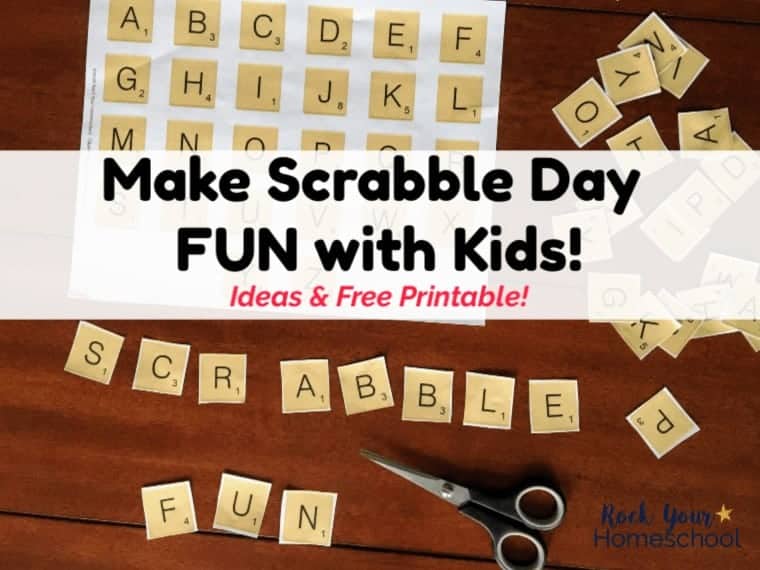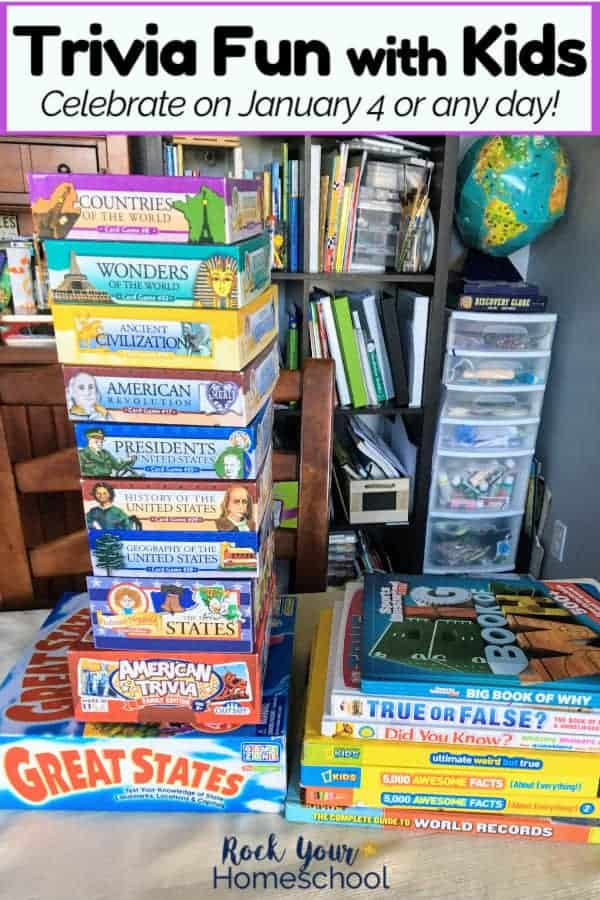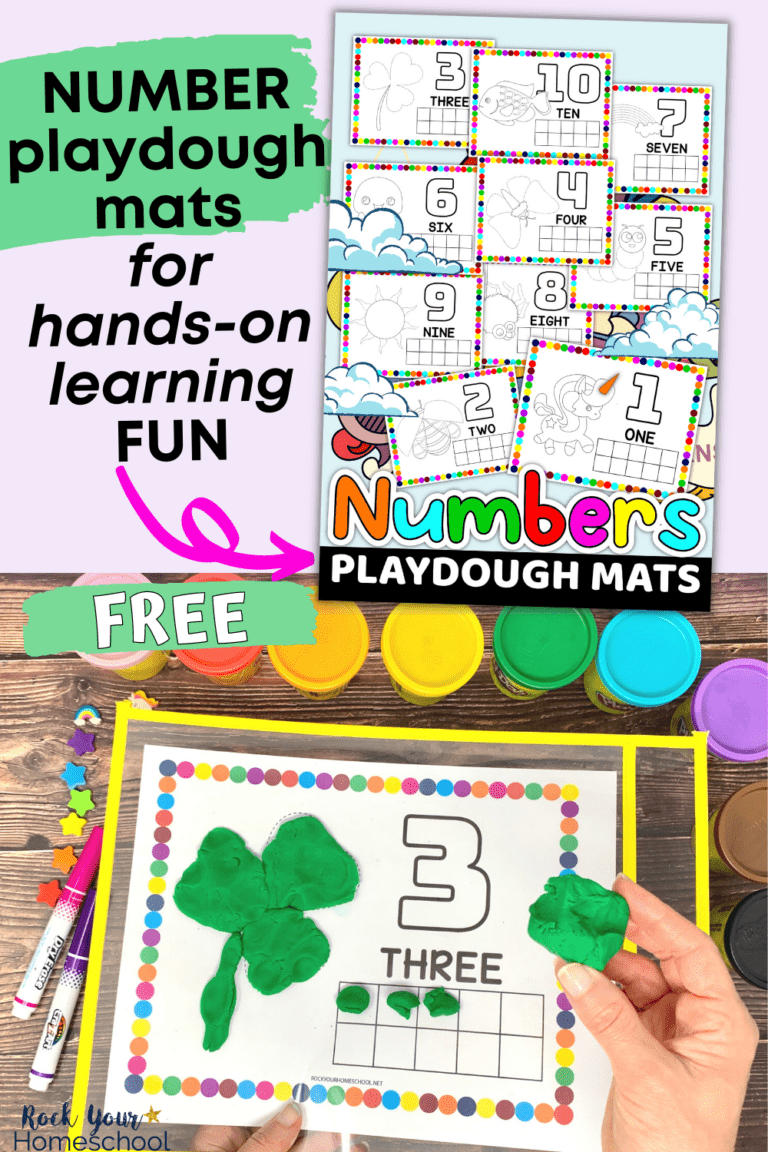Earth science experiments are all about studying our planet. And the potential for science activities is not only abundant, but exciting!
You can go on so many learning adventures with your kids with these 50+ ideas for earth science fun.
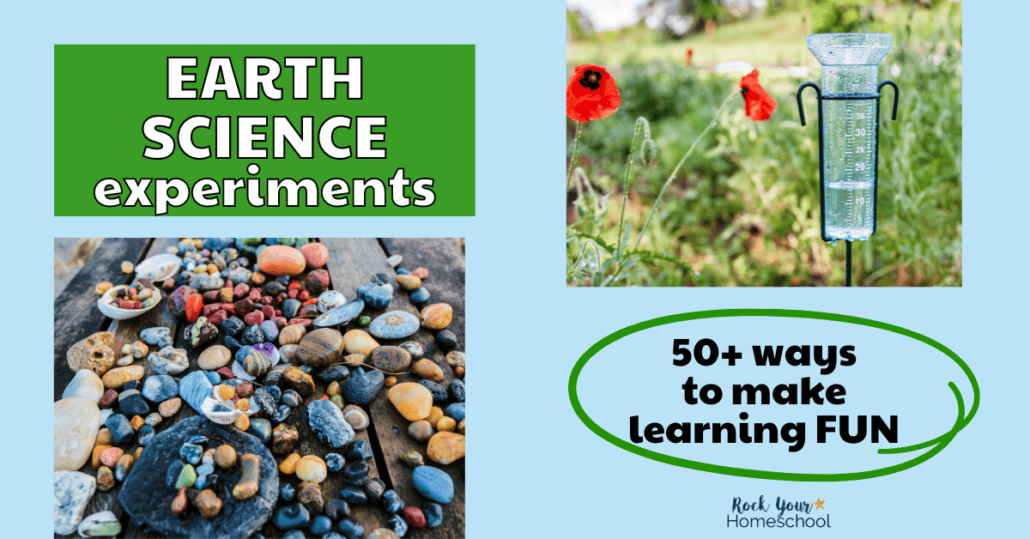
Why Study Earth Science with Your Kids?
The four main branches of Earth Science are geology, meteorology, oceanography, and astronomy.
Through studying these four areas of Earth Science, you’re able to do a wide array of things, such as:
- Locate, identify, and develop energy and mineral resources, as well as clean water sources.
- Determine (and attempt to minimize) the impact humans have on Earth’s environment and develop methods to protect the planet and sustain life on the planet.
- Learn about and track natural phenomena such as hurricanes, tornadoes, tornadoes, and volcanoes.
- Explore how Earth is impacted by things going on in space (and vice versa).
Below, you’ll find a list of over 50 Earth Science experiments that your kids (and you) will enjoy! Your kids can enjoy these simple science experiments for science fair projects, hands-on activities, and creative ways to learn about environmental issues.
The earth science activities (amazing for science lessons) can be completed using materials that are easily found either in your home or at local stores.
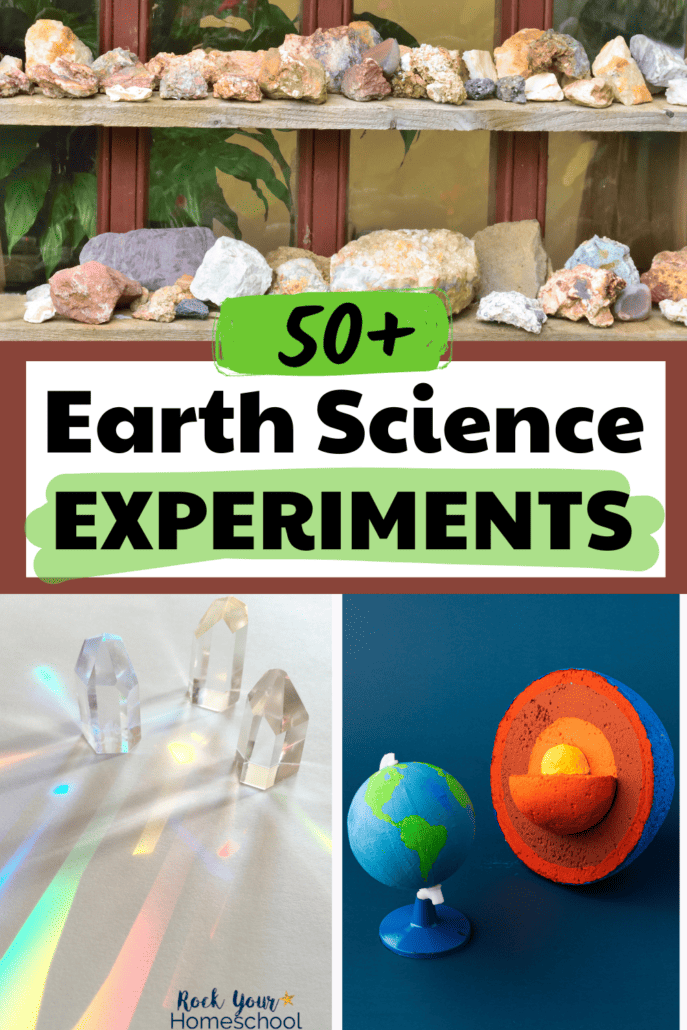
Geology Science Experiments
When you think of Earth Science concepts, you probably think of things like minerals, natural fuels, and the environment. That’s because Geology (which is the study of the Earth’s materials, structures, and processes, as well as its organisms and how it has changed over time) is the main branch of Earth Science.
1. Make a Rock in a Cup
In this fun activity, your kids can use sand, pebbles, and glue to make a rock in a cup. They may enjoy being able to observe the different layers of their sedimentary rock creation (and different solid types).
2. How are Fold Mountains Formed?
Fold Mountains are created when two tectonic plates collide. They’re also the most common type of mountain. In this fun experiment, kids can use towels and large boxes to mimic the process. And you can also learn about different layers of the earth!
3. Rock Acid Test
Geologists use the rock acid test to identify the most common carbonate rocks as well as limestone or dolomite. This fun science experiment will help your kids do the same. All you need is a piece of limestone, some additional rocks, vinegar, and some clear bowls or cups.
4. Understanding the Rock Cycle
The rock cycle is a pretty fascinating process. In this experiment, kids can use Starburst candy plus a few common household items to recreate the rock cycle right in your kitchen.
5. Make Your Own Seismograph
Learn how to make your own seismograph that can record seismic activity and measure the strength of earthquakes. Then, put it to use by mimicking the shaking movement of an earthquake.
6. Build a River Model as One of Your Earth Science Experiments
In this activity, your family can explore and recreate the characteristics of rivers by creating a river model using sand, pebbles, and water inside of a pan.
7. Study Microorganisms in Winogradsky Columns
The Biogeochemical Cycle is a great example of how Earth constantly recycles and reuses things. In this activity, kids will build their own Winogradsky columns so they can witness the Biogeochemical Cycle on a small scale.
8. Growing a Soil Menagerie
Take your lesson on the Biogeochemical Cycle a step further by creating a miniature model of a biosphere that shows how the planet recycles and reuses everything it needs to sustain life.
9. Recreate “Fossils” with Owl Pellets
Get some practice with fossil reconstruction by examining the contents of owl pellets.
10. Testing a Rock’s Hardness as One of Your Earth Science Experiments
Learn how geologists use the Scratch Test to determine the hardness of a mineral.
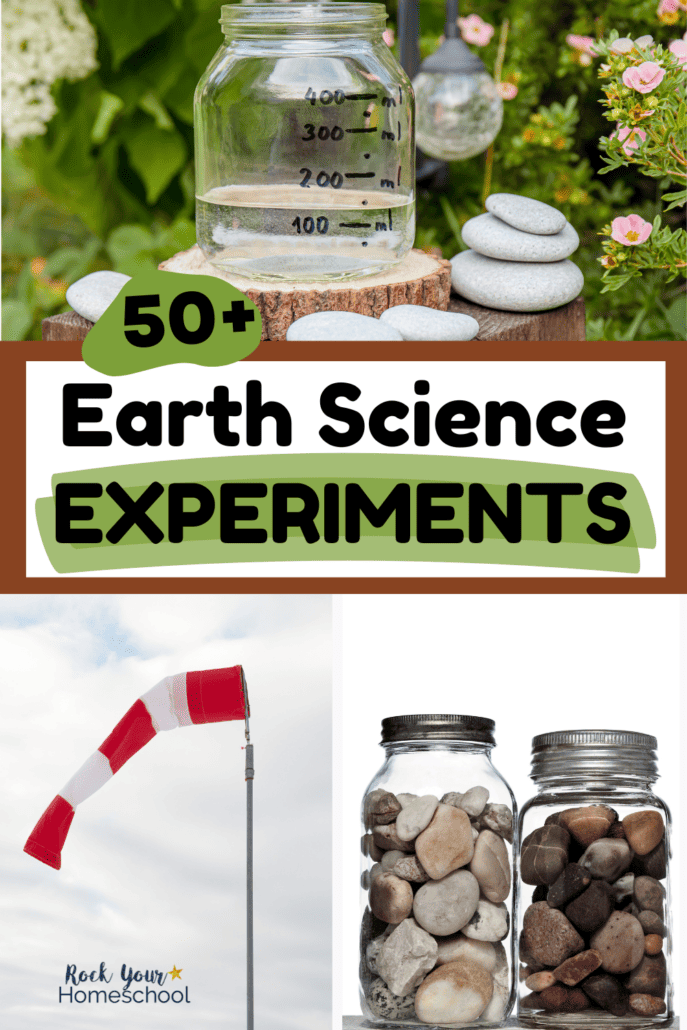
Meteorology Science Experiments
Meteorology is the science of the atmosphere and how the processes within the atmosphere create our weather and the climate. Out of the four branches of Earth Science, this is the one with the most practical, daily applications.
11. Weather Stations and Weather Forecasts
Channel your inner meteorologists by setting up your own weather station and collecting data such as sky coverage, temperature, and rainfall – all of which can be used to make short-term weather forecasts.
12. Balloon Barometer for Brilliant Earth Science Experiments
One tool that meteorologists use to predict short-term changes in the weather is the barometer. In this activity, you’ll learn how to build and use a barometer to measure atmospheric pressure.
13. What Causes Lightning?
In this lesson, kids can watch a video to learn about static electricity. They will then build a simple electroscope (a device that detects electrical charges) and investigate how different materials (such as wool, styrofoam, paper, cotton, cling wrap, rubber, wood, etc) build up electrical charges.
14. Water Cycle in a Jar
In this water cycle experiment, you can use some very common household items to recreate most of the water cycle inside of a glass jar.
15. Miniature Water Cycle
In a different take on the water cycle, this activity will have you use another method to recreate parts of the water cycle in a plastic bag.
16. Tornado in a Jar
In this age-old science activity, kids will create a vortex inside a jar using a mason jar, water, dish soap, and glitter. They will be able to explore how rotating air patterns can create real-life tornadoes.
17. Homemade Rainbow
Are your kids fascinated by rainbows? In this experiment, you can use a CD/DVD and a lamp to create a magnificent rainbow. Want to do the same thing with water, check out this experiment where you make a rainbow using a glass of water, a mirror, and a flashlight.
18. Tamed Lightning
Use static electricity to give your kids a lesson on lightning (and electrons)!
19. How Far Away is Lightning?
Speaking of lightning, the next time there’s a thunderstorm in your area, you and your kids can use this method to figure out how far away you are from lightning.
20. Make a Cold Front
Cold fronts often bring with them strong winds, rain, thunder, and lightning. In this experiment, kids can recreate a cold front using a couple of cups of water, blue food dye, and the refrigerator.
21. The Greenhouse Effect
WIth just two common items, you can illustrate to your kids the Greenhouse Effect and talk about how this makes Earth a habitable planet.
22. Fire Tornado
This experiment is on the more advanced end and definitely requires a lot of attention to safety rules, so it may be better suited for older or more mature kids, however it can be a cool way to show kids how a twisting fire forms. It can also be a good way to illustrate what happens in wildfires.
23. Salt Water Purifier
This experiment is a two-for-one! For one, they get to learn more about the water cycle and how evaporation can help transform salt water into fresh water. Secondly, your kids get to create a device that can be used in emergency situations when fresh water is unavailable.
24. Cloud in a Bottle
Here’s a chance for kids to see how clouds form in the atmosphere. And all you need is a plastic bottle, water, a match, and some fire safety knowledge. There’s also this more involved version of the experiment if you want to check that out!
25. Homemade Compass
What better way to test out and make use of Earth’s Magnetic field than to build your own working compass? This experiment walks you through making one with little more than a cork, needle, and magnet.
26. Soil Layers for Excellent Earth Science Experiments
In this experiment, kids can grab a sample of soil and separate it into layers to see what it’s made of by using water (and time) to separate the constituents by grain size. It’s also a cool way to see gravitational force in action.
27. How Does a Wind Meter Work?
Use the instructions in this experiment to create an anemometer to measure wind speed. Just as a heads up, you will need a fan that has different speed settings. They’re usually pretty affordable at places like Walmart or Dollar General.
28. How Do the Seasons Change in Each Hemisphere?
Different regions of the world have different seasonal patterns. In this research-oriented experiment, kids will investigate the seasonal weather patterns and climates of different hemispheres by comparing historical weather data for major cities all over the world.
29. How Sunlight Warms the Earth
In this simple experiment, kids will learn how sunlight warms different materials on the Earth’s surface — namely water, soil, and rocks.
30. Make a Thermometer
In this hands-on lesson, kids will get to make their own homemade liquid thermometers so they can measure how hot or cold it is outside.
31. Track Rainfall
In this activity, kids will learn how to design, build and use their own rain gauge so they can measure precipitation.
32. Measure Moisture in the Air
Work with your kids to build a hygrometer out of a strand of hair, a straw, a wooden panel, and two nails to measure how much humidity is in the air.
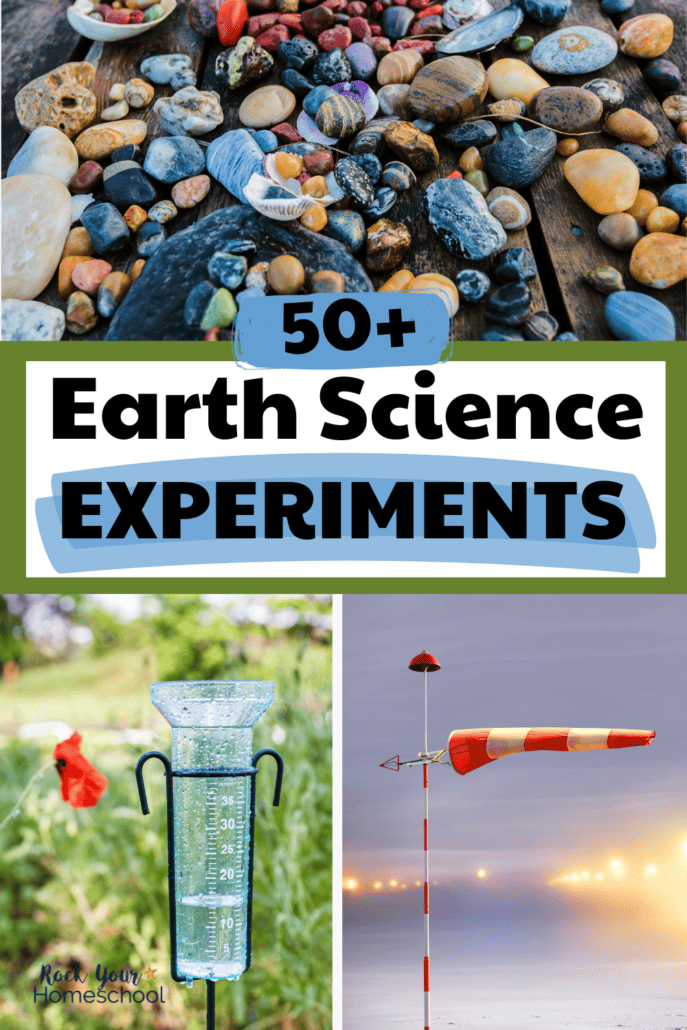
Oceanography Science Experiments
Oceanography is (as the name suggests) our oceans, including their compositions, movement, processes, and the organisms that live in them.
33. Salt Water vs Fresh Water Density
Want to show your kids why things (like our bodies and different objects) float differently depending on the water? In this experiment, they’ll learn about water density and be able to compare how things float in fresh water vas salt water as well as water with sugar or baking soda.
34. Ocean Zones in a Jar
The ocean is made up of five different zones (or layers). With a mason jar and five common household liquids, you and your kids can recreate the ocean zones right at home.
35. Shark Buoyancy
Have your kids ever wondered how animals as large as sharks and whales can float in the ocean so easily? Here’s a great experiment that illustrates the concept of buoyancy.
36. How Whales Stay Warm
In this activity (which is part oceanography, part chemistry, and part animal science), kids will get first-hand experience with how blubber serves as a type of insulation that keeps whales warm even in frigid ocean temperatures.
37. Make an Underwater Volcano
Making a volcano erupt is pretty much a rite of passage for science lovers. But, have you ever made an underwater volcano? If not, here’s your chance!
38. Coastal Erosion
Watching and playing in the waves is fun and exciting, but they’re also a great thing to study. In this experiment, you and your kids can study how waves can change and even shift the coastline through a process called erosion.
39. Create a Mini Tide Pool
This simple, hands-on activity is a great way to simulate tide pools. It can also be used to show kids what happens during low and high tides.
40. Deep Currents
Any child who has watched Finding Nemo knows a bit about what underwater are capable of. In this experiment, they will learn how deep water convection currents are formed and how they behave.
41. Will Ice Melting at the North or South Poles Cause Sea Levels to Rise?
With climate change being a very real and important conversation, this experiment is perfect for kids, especially those in middle and high school. In the experiment, the goal is to determine if polar melting will lead to a rise in sea levels across the globe. Excellent for Earth Day activities and more!
42. Building Beaches
It’s time to make a beach! Kids will explore how waves build beaches by making their very own models of the beach and shoreline.
43. How Salty is the Ocean?
If you live near different kinds of bodies of water or are making a trip to an area that does, this experiment rocks. The goal is to test several freshwater and saltwater samples and compare the salt content.
44. Timing the Tides
This activity is another great one if you live near a body of water that experiences low and high tide. Together, you and your kids will measure the amount of time that different tidal zones (high, middle, and low) spend out of the water during one tidal cycle.
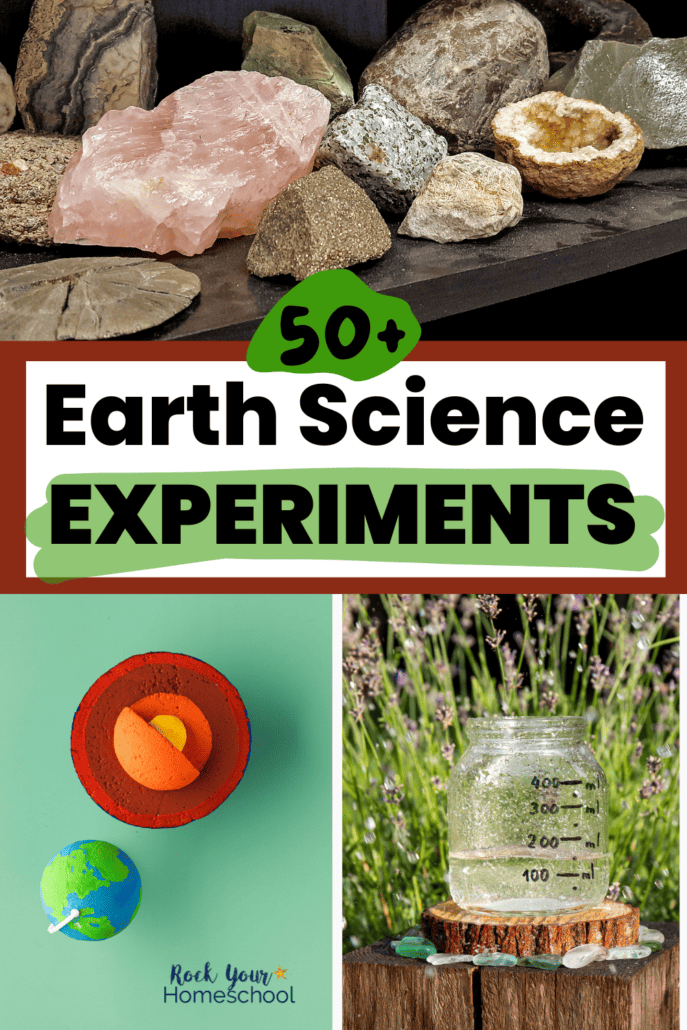
Astronomy Science Experiments
Last, but not least, we have Astronomy, which is the study of celestial objects, space, and the universe as a whole – in our solar system and beyond.
45. Rotating Earth
This is a perfect experiment to show kids not only how the Earth revolves around the sun, but to teach them about day, night, and the seasons. All you need is a globe on a stand and a lamp.
46. How Are Craters Formed?
Did you know that the moon has millions of craters? In this simple experiment, you and your kids can use a metal pan, flour, cocoa powder, and marbles/balls to illustrate how craters are formed. If you don’t have marbles, you can also use pebbles or other small rocks.
47. Measuring the Diameter of the Sun
This experiment doubles as math practice. Kids will use some supplies that are commonly found in homes to measure the diameter of the sun. As a bonus, they can use the same process to measure the diameter of the moon!
48. Expanding Space
In the 1920’s, astronomer Edwin Hubble discovered that the universe is expanding. Using a balloon and a permanent marker, kids can see what this looks like on a smaller scale.
49. Solar Eclipse
Solar eclipses are a cool phenomenon to experience. Recreate what it’s like in this experiment. All you need is a flashlight and a coin.
50. Warped Spacetime
The concept of spacetime is related to the idea that space consists of 4 dimensions, rather than the regular 3 dimensions. It suggests that time and space are connected on a continuum and that time is actually affected when a body moves through space. In this experiment, you will use a large pot and a handful of common household items to illustrate the concept of spacetime.
51. Moon on a Pen
Using a spun cotton ball, a pencil, and a flashlight, you will model the Moon’s orbit around the Earth, the lunar phases, lunar eclipses, and solar eclipses.
52. Moon in a Box
You can use the same spun cotton ball from the previous moon experiment for this one! It will give you a better view of the lunar phases.
53. Venus Clouds
Venus is almost completely shrouded by a tick veil of clouds made up mostly of carbon dioxide and CO2. In this experiment, kids can safely recreate this type of cloud (minus the sulphuric acid) using baking soda, vinegar, and a few other common supplies.
54. Saturn’s Rings
This physics-focus activity is super simple and will help kids who are fascinated by Saturn’s rings understand a bit more how they work .
55. Model of a Black Hole
Give your kids a better understanding of the relationship between gravity and black holes in this simple experiment. It involves fabric, different-sized round objects, and a marker.
56. A Model of Gravity in Our Solar System
Have your kids ever asked why the planets don’t just go spinning off into the galaxy instead of rotating around the sun? If so, this experiment will give them an idea of how gravity works in our solar system.
57. Model the Distance Between Planets
Sometimes it can be hard for kids to understand just how far apart the planets are in real life. In this activity, they will create a model of the solar state with the planets distanced according to scale.
Do you and your kids have Earth Science experiments (or other science projects) you love to do for a fun way to enjoy learning? Please share in the comments below!


